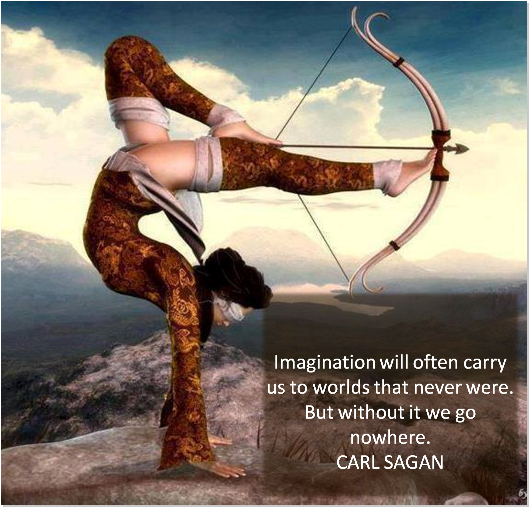This can be called Plotter vs. Pantser. Basically, it means writing by the seat of your pants, flying along, and letting the muse lead you. For many writers, this can be the creative part where you discover your story. You are in your natural writing state, letting the ideas and words flow out of you. Wonderful feeling UNTIL … you get stuck. That is when you wonder – 
One time some years ago, I had no idea what to write. So I said to heck with it and put my fingers on the keys and typed the first thing that came to my head. “The young boy entered the general store carrying a pail of water.”
Okay, now what?
A shot rang out, and he slid across the floor, lying in a pool of blood.
Good grief. Who would shoot a boy?
I kept asking myself what if such and such. And then asked why? Well, what if … Soon I had over one hundred pages.
Well into ten chapters, I hit the wall. I had NO IDEA where this story was going or even what it was about.
So I learned the hard lesson of pantsing vs. outlining. I did an outline and had to rewrite many, many pages.
The book turned into the very complex plot of A Whisper from Eden. So complex that it would have been impossible to write it without a very careful outline and what I called a thread map.
Outlining is about making sure that each scene works to keep the plot moving forward. That takes planning.
What does that mean, moving the story forward?
Move the Plot = Change the Plot
Sometimes writers get hung up believing they’re moving the plot when they’re not. That is because, ironically, moving the plot doesn’t necessarily require movement. Just because characters are running around doing lots of stuff in any given scene does not automatically mean that scene is moving the plot.
Moving the plot simply means changing the plot.
A scene that moves the plot is a scene that creates forward momentum by leaving the story different at its end than it was at the beginning.
Here’s a great article.
https://www.helpingwritersbecomeauthors.com/mean-move-plot/
But remember this: whether you pants or outline, you have to end up with a good story that goes beyond a bunch of stuff that happened to your interesting characters. The main thing is to keep it simple. Forget about the three-act method. The purpose of an outline is to make sure you keep all the events of the story on track and moving it forward, scene by scene.
Here is a good article: 8 Steps to Writing a Perfect Scene—Every Time
“If you can’t identify the purpose for your scene, throw it out and come up with one that works.”
https://jerryjenkins.com/8-steps-writing-perfect-scene-every-time/




